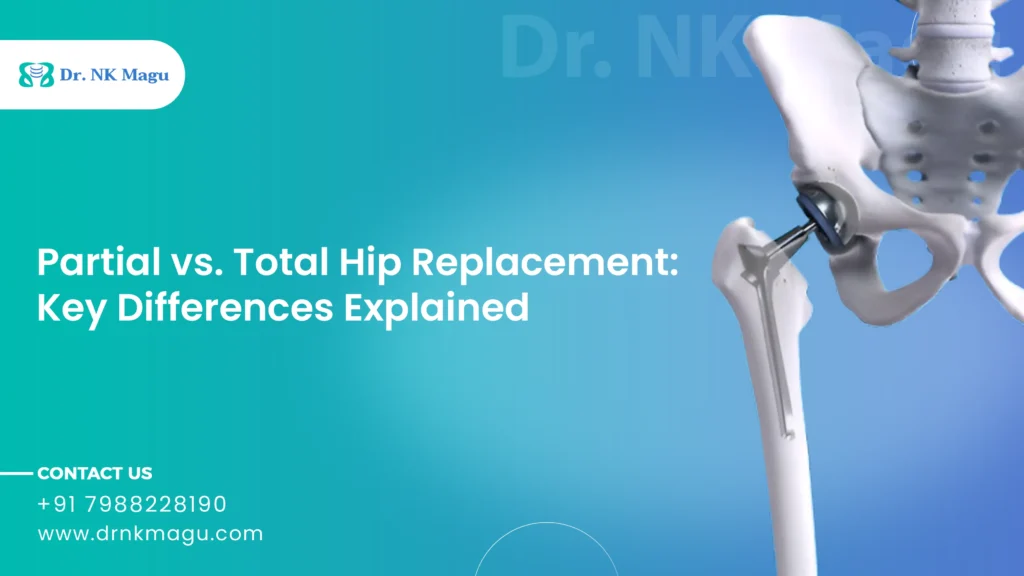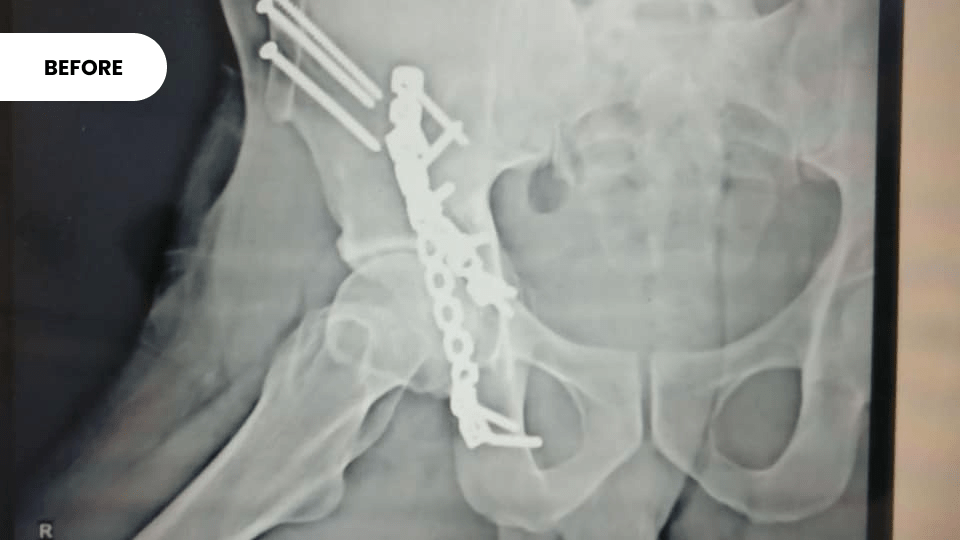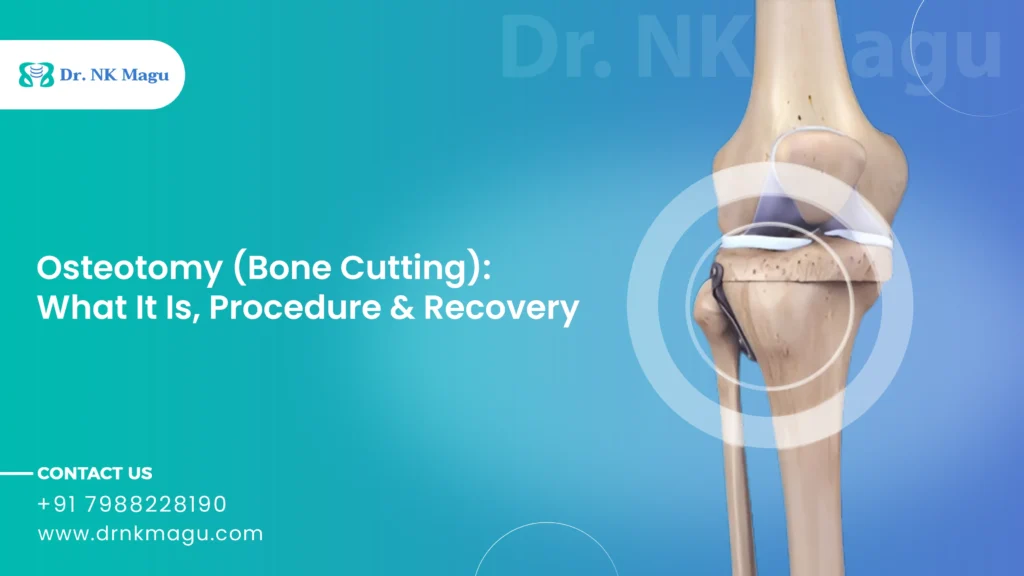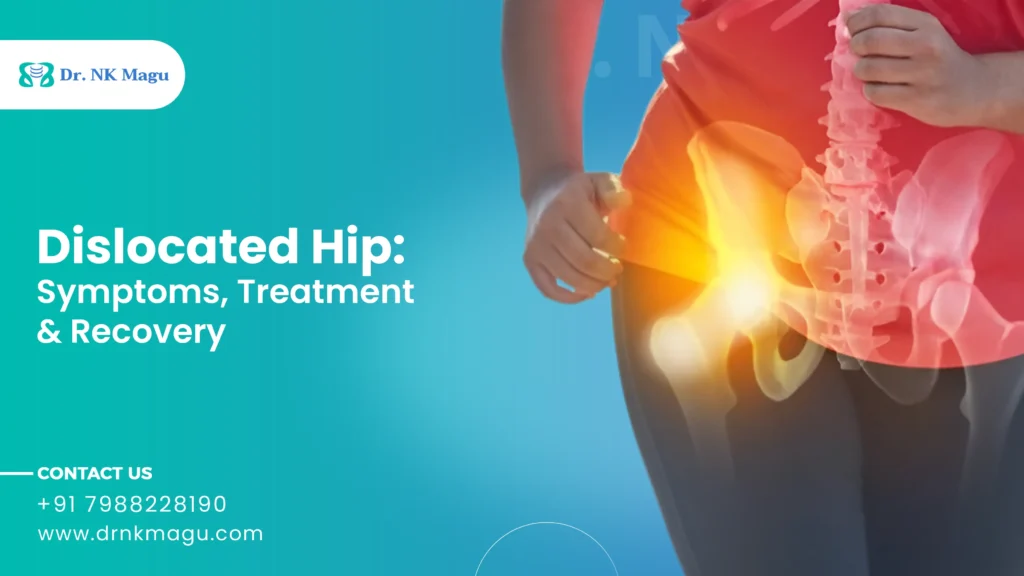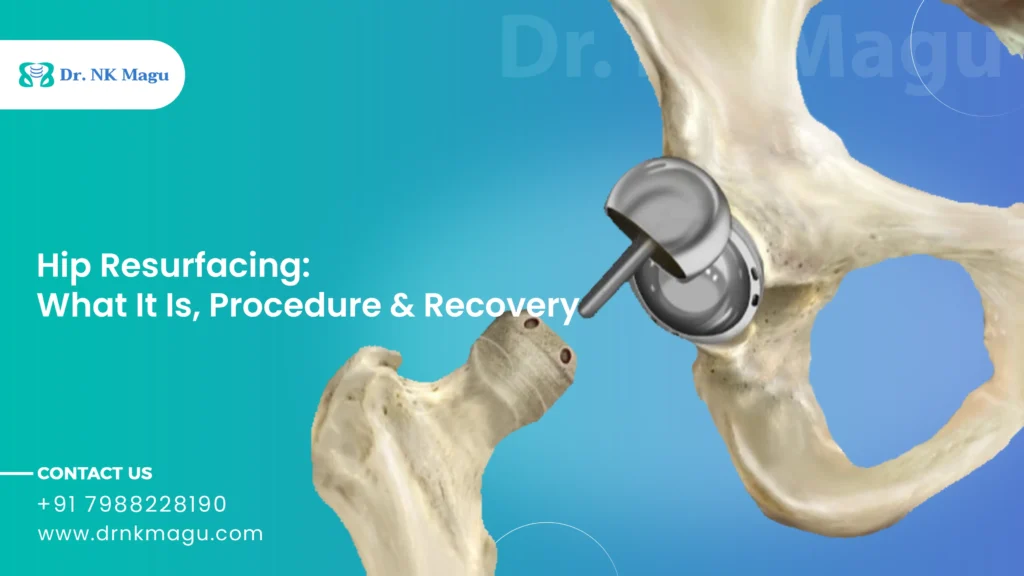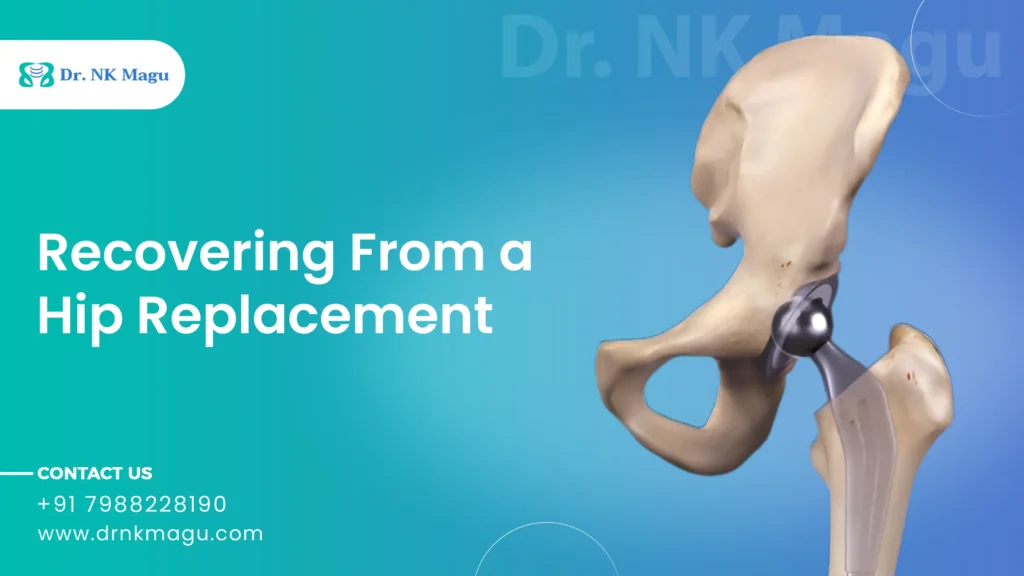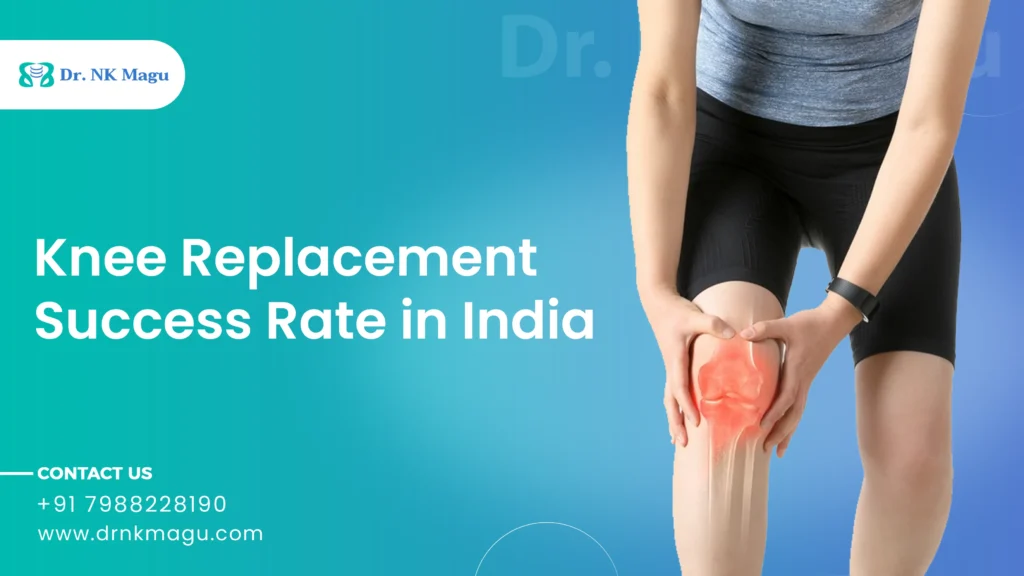Have you ever experienced a strange thing where your knee is not stable? A strange discomfort going downstairs, a wobble during a walk, or a deep ache in the back of the joint. Most of us usually hear more about the ACL (Anterior Cruciate Ligament). But the Posterior Cruciate Ligament (PCL), though less commonly injured, is just as crucial to your knee’s stability.
The Posterior Cruciate Ligament (PCL), located inside the knee and connects the upper leg to the lower leg. The PCL is stronger and larger than the ACL, but can still be injured.
Understanding PCL injuries is essential, especially for athletes and active individuals. In this blog, let’s discuss what a PCL injury is, how it happens, its symptoms, treatment options, and recovery.
What is Posterior Cruciate Ligament Injury?
The PCL is one of the four major ligaments in the knee. It helps maintain the overall stability of the knee and prevents the tibia from sliding too far backward under the femur. When the PCL is sprained or torn, it can cause an injury due to sudden trauma or stress.
These injuries are not as common as other knee ligament injuries. They are subtle and difficult to evaluate. They especially happen to athletes who play baseball, football, or soccer.
Causes of Posterior Cruciate Ligament Injury
PCL injuries are less common and make up less than 20% of all knee ligament injuries. Common causes include:
- Sports Injuries: Especially in football, rugby, or skiing, due to a fall or collision
- Car Accidents: A direct blow to the front of the knee, such as a bent knee, hits the dashboard.
- Hyperextension: Forcefully pulling or stretching the ligament beyond its natural range
- Sudden Falls: Landing hard on a bent knee
Symptoms
People with PCL injuries may experience the following symptoms:
- Pain in the knee that worsens over time
- Inflammation and swelling that make the knee stiff
- Knee instability
- Difficult walking
- Reduced range of motion
- Trouble going down the stairs
If the injury is left untreated, it may worsen over time. That’s why it is essential to take care of any minor difficulty you experience in your knee.
Types of PCL Injuries
A PCL injury can cause mild, moderate, or severe damage, and is hence divided into four different grades:
- Grade I: A partial tear or mild stretch in the ligament
- Grade II: Partial tear with some looseness in the knee
- Grade III: The ligament is completely torn with significant instability
- Grade IV: Injury to the PCL and another ligament in the knee
How to Diagnose PCL Injury?
Various diagnostic tests are performed:
- Physical Examination: To check swelling, tenderness, and knee instability
- X-rays: To check the bone fractures
- MRI: To give a detailed and clearer picture of the ligament tear and associated soft tissue damage
Treatment Options
The treatment options for PCL injury depend on various factors such as grade of injury, age, activity level, and whether other ligaments are involved. PCL injuries can heal without surgery, but some severe cases need surgery.
Non-Surgical Treatment
Mild to moderate PCL injuries (Grade I and II) are treated
- RICE Method: (Rice, Ice, Compression, Elevation). This method can speed up the recovery process.
- Physical Therapy: As the swelling goes down, specific exercises are needed to restore flexibility and strength.
- Knee Brace: To stabilize the knee joint, special braces are required to prevent the tibia bone from sagging backward.
- Medications: Pain medications such as NSAIDs are recommended to reduce inflammation.
Surgical Treatment
Surgery may be required for Grade III and IV injuries, multi-ligament injuries, and chronic PCL injuries causing long-term instability.
- PCL Reconstruction Surgery: It involves replacing the torn ligament with a graft, either from the patient’s own tissue (autograft) or a donor (allograft). It is a minimally invasive procedure that allows faster healing and less scarring.
Recovery
The complete recovery can take 6-12 months. During the recovery phase, the patient needs to take care of the ligament and follow a proper physical therapy plan. The patient should focus on reducing swelling, restoring motion, and strengthening muscles.
To avoid weight bearing, crutches are used initially for some weeks. It is vital to commit to a structured rehabilitation plan for successful recovery.
If you have persistent swelling or pain after 6-8 weeks, consult your medical professional immediately.
Also Read:- Knee Replacement Surgery Cost in India
How to Prevent PCL Injuries?
Not all PCL injuries can be prevented, especially those with accidents, but several precautions can reduce the risk:
- Proper warm-up before sports or exercise
- Wear protective gear during high-impact sports
- Strength training for thigh and leg muscles
- Use proper technique when walking, running, or exercising
Bottom Line
PCL injuries can be painful and may not be as well-known as ACL tears, but they need proper attention. Early diagnosis and prompt treatment can play a vital role in improving strength and stability. If you are experiencing severe, ongoing knee pain, get a timely evaluation by an expert today.



